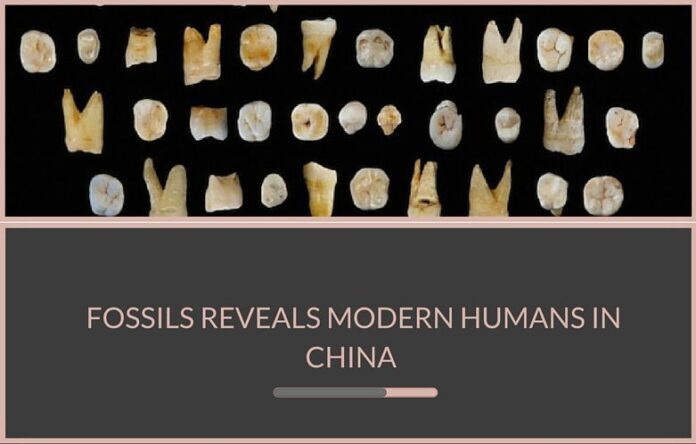
PerformanceGurus Staff
New York, Oct 15
[dropcap color=”#008040″ boxed=”yes” boxed_radius=”8px” class=”” id=””]M[/dropcap]odern humans first settled in southern China, not Europe or Middle East as has been previously believed, claims a new study. The finding is based on a recent excavation at Fuyan Cave, Doaxian in southern China where the researchers found 47 preserved teeth that closely resemble the dental gear of modern humans, and could be somewhere between 80,000 to 120,000 years old.
“Our study shows that fully modern morphologies were present in southern China 30,000-70,000 years earlier than in the Levant and Europe,” the researchers wrote.
“Our data fill a chronological and geographical gap that is relevant for understanding when H. sapiens first appeared in southern Asia,” the study said.
[dropcap color=”#008040″ boxed=”yes” boxed_radius=”8px” class=”” id=””]T[/dropcap]he scientists – led by paleoanthropologist Wu Liu, of the Chinese Academy of Sciences – also discovered the remains of some 38 mammals, including specimens of five extinct species.
While these findings suggest butchering, the researchers did not find presence of any stone tools so far, Time.com reported.
“The model that is generally accepted is that modern humans left Africa only 50,000 years ago,” co-author of the study Maria Martinon-Torres from University College London was quoted as saying.
“In this case, we are saying the Homo sapiens is out of Africa much earlier,” she told the journal Nature, where the study was published.
Notably, although fully modern humans were already present in southern China at least as early as approximately 80,000 years ago, there is no evidence that they entered Europe before approximately 45,000 years ago, the study said.
“This could indicate that Homo neanderthalensis was indeed an additional ecological barrier for modern humans, who could only enter Europe when the demise of Neanderthals had already started,” the study noted.
Note:
1. Some of the content is used from IANS
- Pentagon cancels aid to Pakistan over record on militants - September 2, 2018
- The curious case of Tamil Nadu’s opposition to NEET - September 4, 2017
- If 2.6 Billion People Go To War: India vs. China - July 22, 2017










